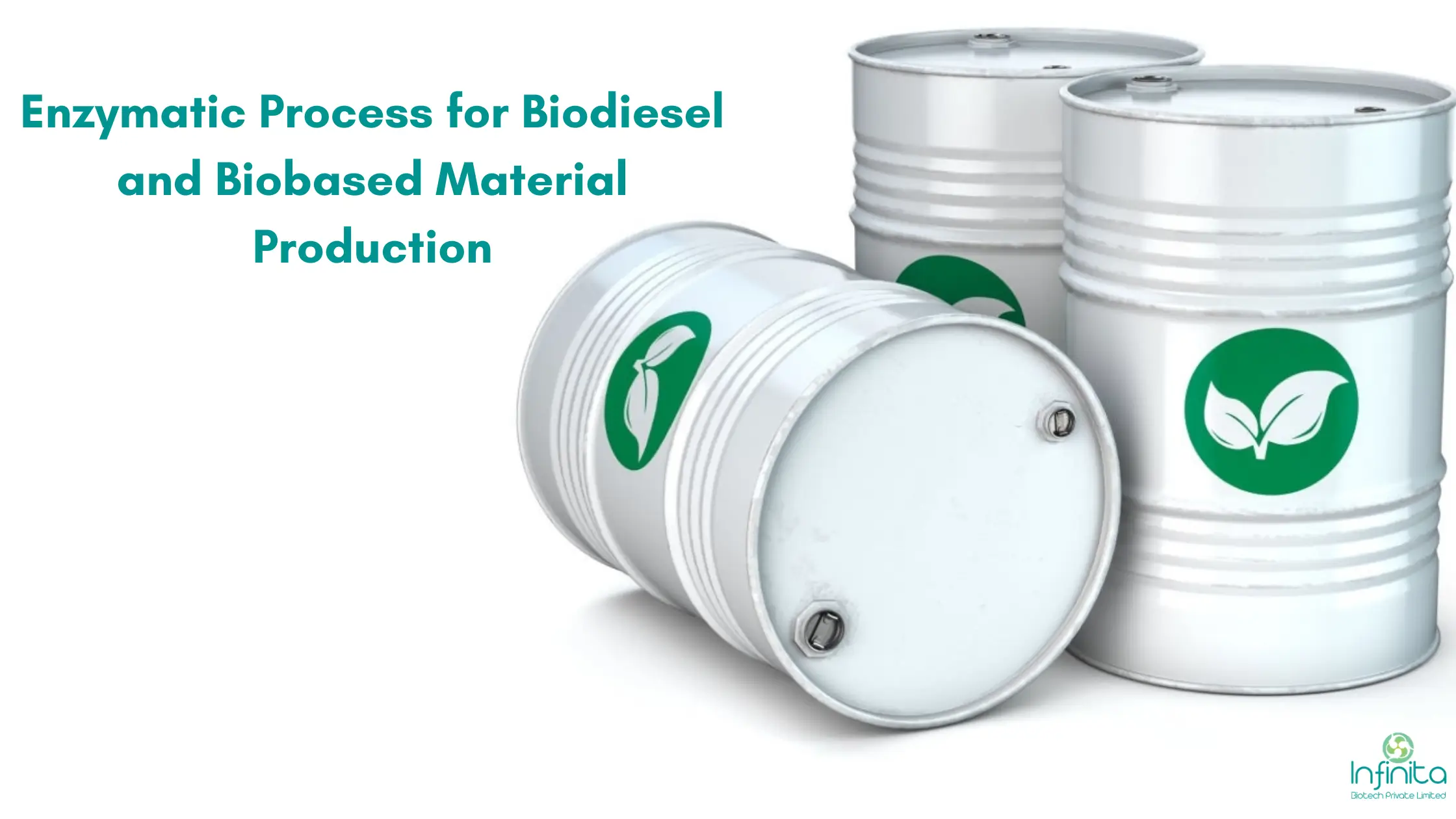Benefits and Process of Enzymes in The Ceramic Industry
Ceramics have been with us for centuries and used in different forms. Ceramics can be divided into traditional and modern where the former include enamels, insulating materials, refractories, and abrasives among several others, and the latter are compounds of metals and non-metals possessing ionic atomic bonding between them. The application of ceramics is common and widespread. They are used as cutting tools, thermal and electrical insulators, refractory materials, and even used in space crafts.
The conventional chemical catalysts used in the ceramic industry consume large amounts of energy and produce a lot of waste material. But the replacement of these catalysts with biocatalysts or enzymes has been a game-changer and also proved to be sustainable, leading to easy processes, fewer materials, and chemicals used. New techniques have been found where using enzymes succeeds in the quick separation and binding of ceramic materials out of the slurry. Enzymes are used in the ceramic industry specifically for synthesis purposes.
Benefits of Enzymes in The Ceramic Industry
Enzymes used as biocatalysts in the ceramic synthesis process have many benefits. They can be used at room temperatures which also helps in creating composites of ceramic materials with heat-sensitive materials and for depositing ceramic compositions at targeted surfaces which leads to the creation of high strength vitrified ceramics consisting of different patterns and coatings. Enzymes are less toxic and environmentally sustainable too.
Also Read: Application of Enzymes In Ceramic Industry
Process of Enzymes in The Ceramic Industry
When it was found that enzymes can be used as catalysts during ceramic precipitation, a different process of ceramic synthesis was formulated. This process could be performed under much milder conditions and allowed better control over the formation of the end product. This process works well on raw materials like carbonates, sulphides, hydroxides, hydrated oxides, metals, phosphates, and halides. However, carbides and nitrides require carbide formation and nitration before they can be further synthesised. The new techniques include adding enzymes to the slurry of raw materials which lead to ceramic materials bonding in a homogenous mixture. Ceramic synthesis involving enzymes as biocatalysts can be done at room temperature and has better control over the shapes and structures of final ceramic products.
Infinita biotech provides a blend of enzymes for use in the ceramic industry. These enzymes are used during the ceramic synthesis process which includes beneficiation, mixing, and forming. This leads to the formation of strong and uniform ceramic compositions. Due to adding biocatalysts no high temperature or pressure is needed thus making the process more sustainable.
Conclusion
Using of enzymes as biocatalysts in the ceramic industry leads to less energy consumption and less waste production. The enzymes used can be recycled, reach high yields during reactions, and are biodegradable too. These enzymes have proved to be highly efficient biocatalysts better suited than chemical catalysts due to the benefits mentioned above and also for their comparatively less environmental and physiological toxicity and their exceptional product selectivity.




